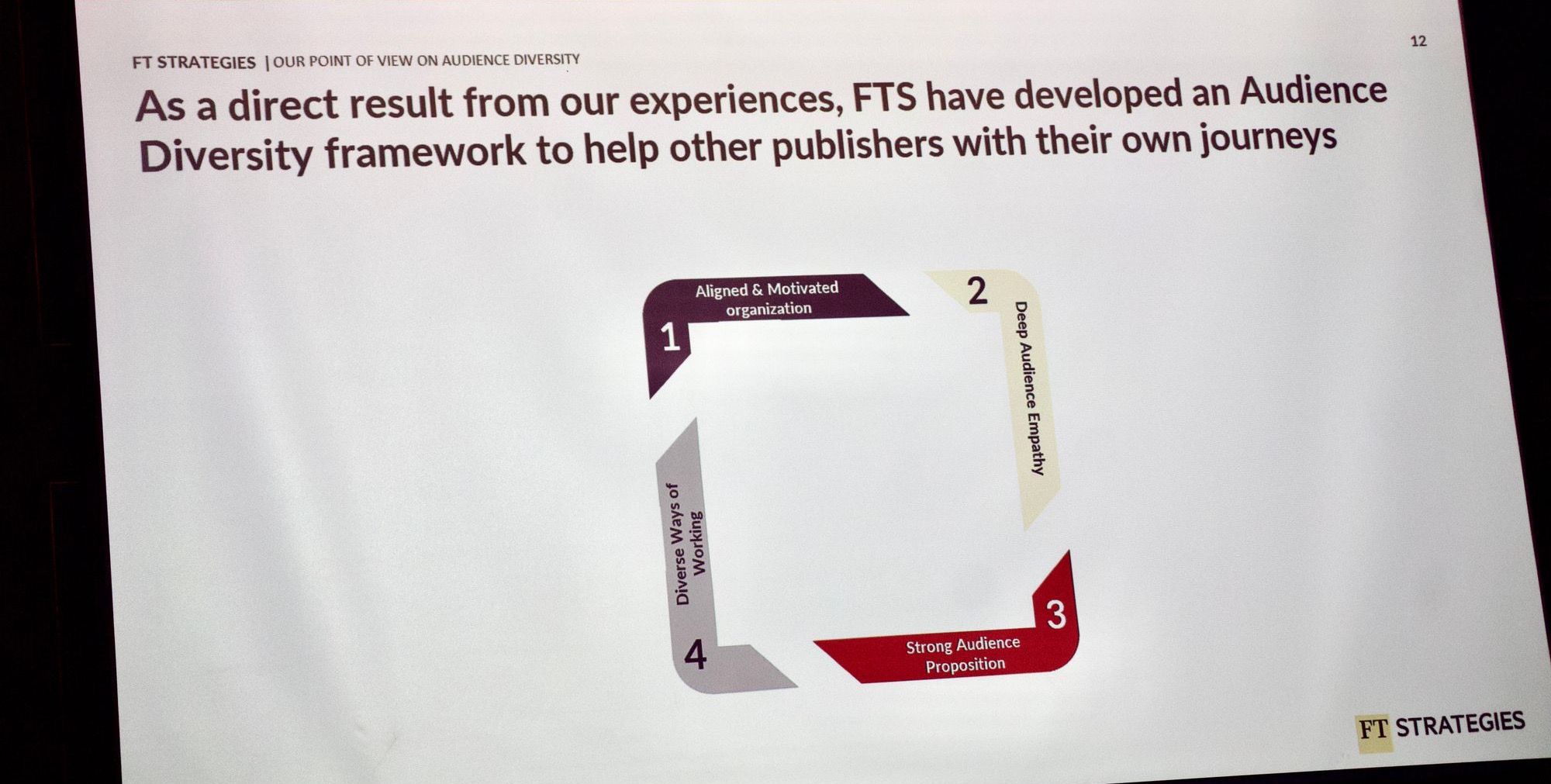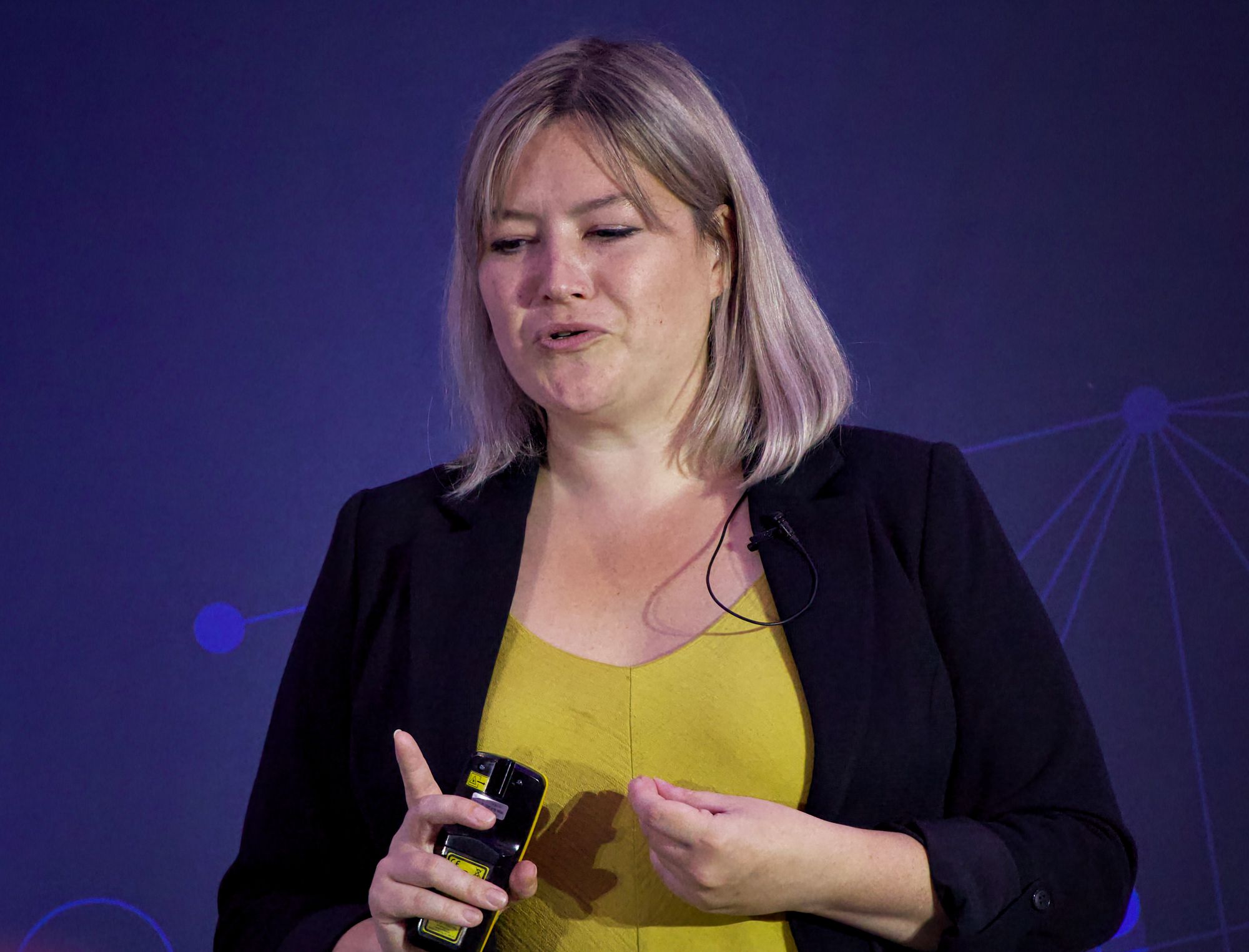
Using data to diversify your audience
How can data and AI analysis help you diversify your content, and attract new types of readers? FT Strategies think they have the answer.
Daisy Donald, principal, FT Strategies
The FT considers audience diversity to be a journey. This started back in 2015, when the government introduced legislation which forces all business over a certain size to report their gender pay gap.
But the FT also had a commercial goal of understanding the female reader – opening up new business for them. In fact, all the areas of diversity they’ve looked at follow a similar pattern. The internal-looking part of diversity is as important as the external part. If you can’t have a diverse staff, how can you have a diverse audience? If you don’t have visible female writers and editors, how can you attract these readers?
So, framework time. The FT Strategies team, their consulting arm, developed a framework to target and understand their target audience, and create a proposition off the back of it.

Some best practice

- Feedback mechanisms for audiences are particularly critical, as long as you also analyse it through a diversity lens. Capture multiple sources of data to support this.
- Make sure you create content that supports the diversity you want. How can you make the website look like the people you want to attract? What people are you putting in images?
- Create distinctive content, using representatives within your team of the audience you’re trying to reach.
Data collection

Lucas Johnson, head of product, FT Strategies
Analytics tools only tend to look at one facet of a publisher’s business. They don’t tend to deliver consistently actionable insights. What we need is something that tells us what this actually means.
The FT worked on automating this. They started with ways of engaging women. They built tools to analyse their content, to see how often they quoted mean and women. Then they used a sentiment engine to analyse this further. Not only that, but they use image analysis to extract how often women appear in images. And they use analytics to make clear which pages were delivering female audiences.
AI is both a useful tool for this – but also a challenge, to ensure accuracy and scale. And they needed to make sure they weren’t sharing data with third parties, if they didn’t have permission to do.
FT Diversity
This all led to FT Diversify. This is a product using advanced machine learning to extract meaning and insights from your analytics and other data. It can show how well particular demographics are represented in images in different sections of your website.
There’s a content investment section, which shows you content that people are really engaging with – but which you’re not producing much of. And that includes their idea of “conversations” — ideas or events threaded through multiple stories and sections.
It also includes the ability to see how many article reads came from their social media posts.
They’ve built a Chrome extension that does diversity checking on your article as you write. “It’s not about making big sweeping changes to content strategy, but giving little nudges to journalists,” he says.
It all runs locally in the browser, and doesn’t share any data with FT Strategies.
Sign up for e-mail updates
Join the newsletter to receive the latest posts in your inbox.










